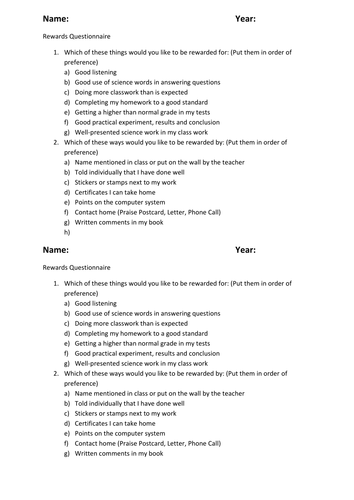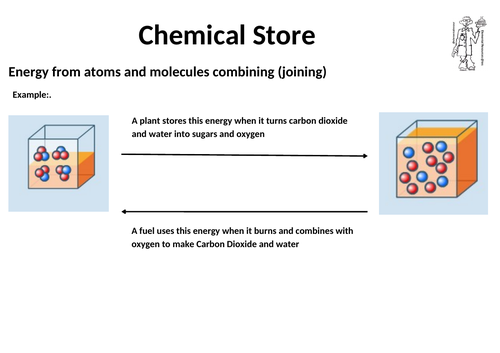Elemental Resources
I am a Science Teacher with 25 years experience and love producing resources. As one of my HoD's remarked "Your lesson plans and resources are outstanding, if only you could teach as good as your resources." Chemistry is my main subject, but have an interest in Pedagogy, especially CASE (Cognitive Acceleration through Science Education) and misconceptions and how to overcome them.























